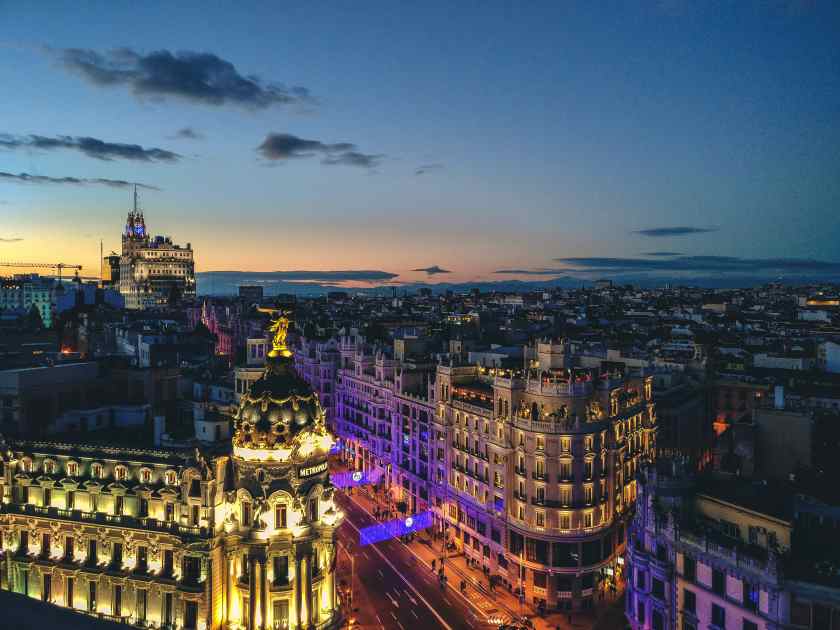Tuesday, June 24, 2025

The Regulatory Council of the Ribera del Duero Designation of Origin and the University of Valladolid have extended their collaboration for the eighth consecutive year, renewing their partnership to advance the Pintia Vaccea Project. This collaboration, which revolves around the Federico Wattenberg Vaccean Studies Center (CEVFW) located in Padilla de Duero, is a testament to the shared commitment between public and private sectors to safeguard the region’s rich archaeological heritage while promoting sustainable cultural tourism.
The Pintia Archaeological Site: A Treasure of Vaccean Heritage
The Pintia archaeological site—declared a Site of Cultural Interest (Bien de Interés Cultural) in 1993—spans areas in Padilla de Duero and Pesquera de Duero, both located within the Duero river basin, in the heart of the Ribera del Duero wine region. The site is home to one of the most important pre-Roman civilizations, the Vacceans, a group whose influence extended over much of the Spanish Meseta Central.
At the forefront of this partnership is the role of Professor Carlos Sanz Mínguez, the head of the CEVFW. Under his leadership, significant archaeological findings have been made in recent years, particularly in the necropolis of Las Ruedas, where hundreds of tombs have been uncovered. These tombs, along with a vast array of funerary artifacts such as ceramics, tools, and weaponry, have provided crucial insights into the social hierarchy, religious practices, and rituals of the Vaccean people. The discoveries have also shed light on the economic structures of the Vaccean society, with evidence suggesting that the region played a key role in early viticulture, which would eventually become a cornerstone of Ribera del Duero’s modern wine industry.
The Archaeology of Wine: Connecting Ancient Traditions to Today’s Winemaking
One of the most exciting areas of research at the Pintia site is the Archaeology of Wine. This aspect of the project seeks to trace the origins of viticulture in the Duero valley and explore how the ancient Vacceans cultivated and consumed wine. Evidence suggests that wine was considered a prestigious commodity, consumed primarily by the elite and reserved for important religious ceremonies and social gatherings.
These findings forge a direct link between the ancient Vaccean culture and the region’s modern winemaking practices, reinforcing the notion that Ribera del Duero has long been a center for premium wine production. The Pintia archaeological zone has therefore become a crucial point of reference for understanding the historical evolution of winemaking in the region, offering a deeper context for the wines that Ribera del Duero is known for today.
A Strong Public-Private Partnership for Cultural Preservation
The long-standing collaboration between the Regulatory Council of Ribera del Duero and the University of Valladolid represents a prime example of public-private cooperation aimed at preserving the cultural and historical legacy of the region. The renewal of their agreement demonstrates a shared commitment to both the archaeological investigation and sustainable tourism. The partnership has led to significant excavation campaigns, enabling researchers to uncover new findings that deepen our understanding of the Vaccean people and their role in the history of the Iberian Peninsula.
In addition to funding excavation and research efforts, the partnership also facilitates the dissemination of knowledge. Educational programs, workshops, and public exhibitions have been organized to engage both locals and visitors in the region’s history. This ensures that the heritage of Pintia is preserved not only through physical preservation but also through active engagement with the public, helping to create an ongoing dialogue between the ancient past and the present day.
Cultural Heritage and Sustainable Tourism: A Unified Vision
Enrique Pascual, President of the Regulatory Council of Ribera del Duero, stressed the importance of sustainable tourism and heritage preservation in the region’s development. “Preserving our history and identity is essential to understanding the cultural dimension of the wine we produce today,” Pascual said. This statement reflects the core philosophy of the Ribera del Duero DO Regulatory Council, which seeks to promote responsible tourism while safeguarding the cultural and natural resources of the region.
The partnership with the University of Valladolid and CEVFW is aligned with the vision of creating a sustainable tourism model that blends cultural heritage with modern-day winemaking. The goal is to foster a deeper connection between visitors and the region’s unique history, ensuring that the tourism industry benefits not just the economy, but also the local communities and future generations.
The Ongoing Legacy of Pintia: A Living Link to Ribera del Duero’s Present
The renewal of this partnership also underscores the significance of Pintia as a cultural landmark that connects ancient traditions with the modern winemaking industry. Through its research and excavation efforts, the CEVFW continues to bridge the past and present, offering tourists the opportunity to experience not just ancient artifacts, but also to engage with the region’s living heritage—its wines, its people, and its traditions. This is part of a broader vision for Ribera del Duero as a region that thrives on the synergy between its natural resources, cultural legacy, and tourism offerings.
Conclusion: A Commitment to the Future of Ribera del Duero
The collaboration between the Regulatory Council of Ribera del Duero, the University of Valladolid, and the Federico Wattenberg Vaccean Studies Center is a powerful example of how public-private partnerships can drive sustainable cultural tourism. The ongoing work in Pintia will continue to enhance the understanding of Ribera del Duero’s rich history while fostering community engagement and supporting the region’s economy.
Through this continued support, the Pintia Vaccea Project remains a vital cornerstone in preserving the region’s past, ensuring that the history of winemaking and the cultural roots of Ribera del Duero remain an integral part of its future. As the region continues to attract visitors, the alliance between heritage preservation and tourism will pave the way for a sustainable and prosperous future for Ribera del Duero.

